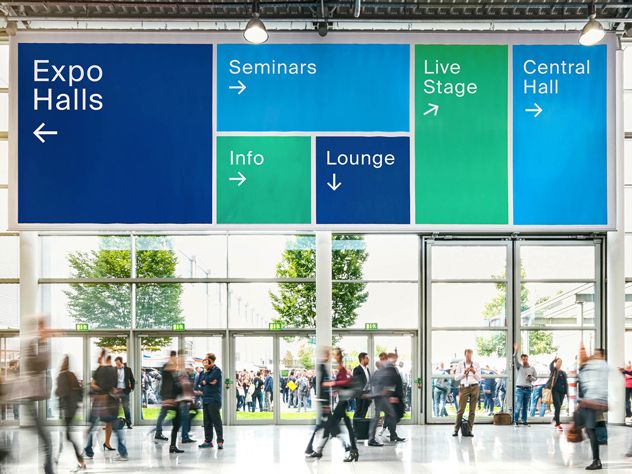Based on the structure of a business, different logistics concepts are required. While small manufacturers can take care of the distribution of their products themselves, multinational supply chains require varying levels of logistics services.
Let’s take a look at a specific example: In the following video, we follow the successful growth journey of Henry’s bicycle business and the changing supply chain requirements.
1PL – In-house: From start to finish
Companies need to get material into their factories and their products to market.
To achieve this, companies can build this competence in-house, which means having all the necessary expertise and equipment to handle their logistics from start to finish. Companies that choose this approach are referred to as 1PL.

This may not be the most cost-efficient way of doing business, as no network effects are used and assets need to be written off, which adversely impacts the result.
2PL - Use network effects
To leverage network effects, companies can hire a carrier (couriers, rail, shipping line, cargo airline or a trucking company) and embed these services in their supply chain. These so-called 2PL companies own and share their asset capacity across multiple shippers.

3PL - More than just transport: Logistics solutions
Companies that need to manage the logistics complexity associated with their product, can look at outsourcing a part of their supply chain value creation to a 3PL service provider.
A 3PL typically provides logistics solutions that go beyond the transactional task of transportation. They manage complex service chains and provide value-added services. Freight forwarders and Logistics Service Providers (LSPs) provide a wide range of services along with transportation and storage of goods: e.g. customs clearance, cross-docking, warehousing, packaging, insurance brokerage, etc. These activities are bundled into solutions that are fit-for-purpose (e.g. store, pick-pack and ship).
Through a single contract with a 3PL provider, clients get access to the global, multi-modal networks and capabilities of the 3PL and its multiple 2PL partners.

4PL – Your supply chain: visible, resilient and sustainable
Companies that acknowledge the critical nature of logistics but don’t consider it to be part of their core business competency and instead wish to outsource this function to a service provider, can have their entire logistics process managed by an expert: a 4PL.
A 4PL acts as the extended logistics department of a customer and provides end-to-end supply chain management services through proprietary software.

4PL business benefits: in consequence, supply chain become more visible, resilient and sustainable, which in turn delivers clear benefits to the underlying business.












